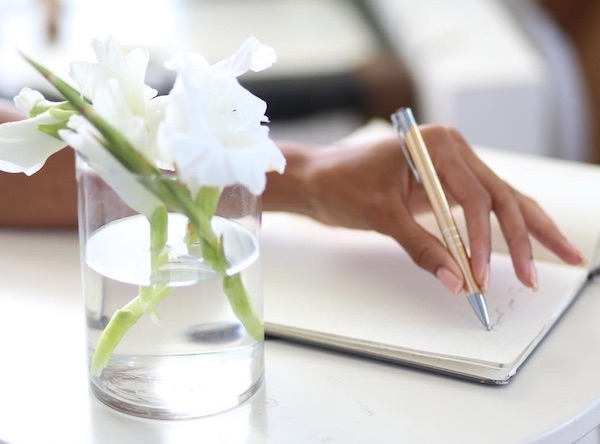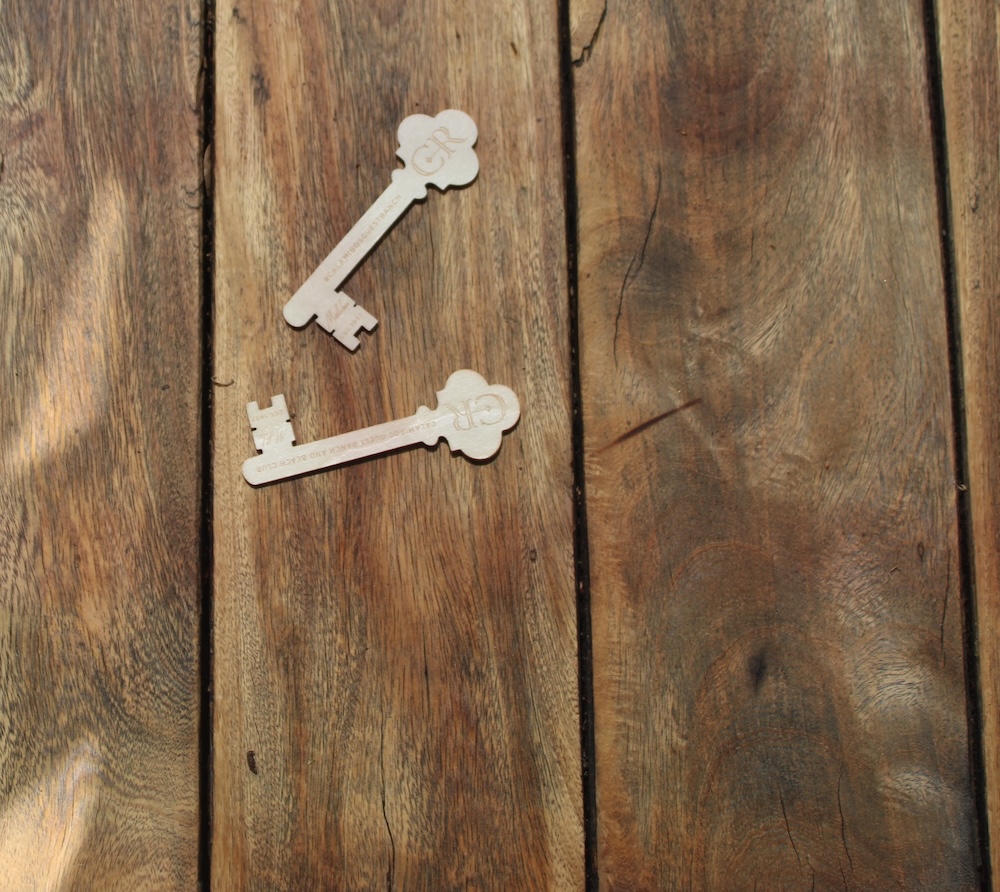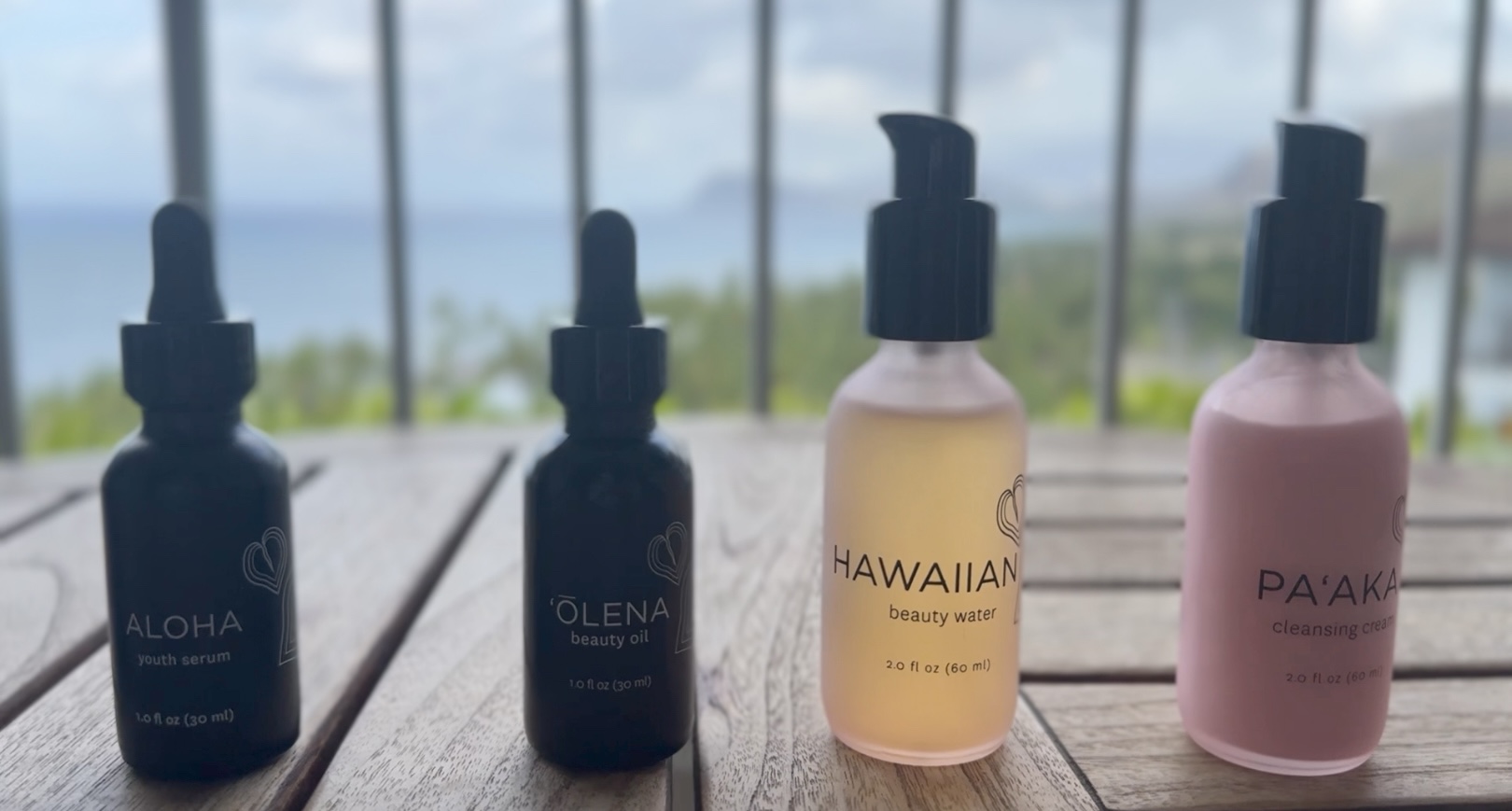By: Laura Chow
Use A Gentle Shampoo Formulated For Your Hair Type
There’s nothing like the feeling of freshly-washed hair. It’s important to understand that not all products work the same way for everyone. And while suggestions are helpful, don’t just limit yourself to the most popular brands in the natural hair aisle. Feel free to try any product you want and see how well your hair responds to it. Just be sure to listen to your hair and immediately stop using any product should it spawn a negative reaction — no matter how much you wanted to like the product. But it’s important to only choose shampoos that are sulfate-free in order to prevent it from drying out.
Curly and kinky hair is almost always thirsty. As such, you want to leave as much natural oil (sebum) in it as possible. Wash as frequently as you’re most comfortable. Some women wash weekly, others bi-weekly. Others can go an entire month between washes. If you’re not exactly sure where your hair stands, I’d recommend the standard bi-weekly wash.
Washing less frequently or using the wrong products can put you at risk of developing scalp acne. Organic apple cider vinegar rinses are a great natural alternative to shampoo, so it may be worth giving a try to see how well it works on your own dome.
Try making this DIY Apple Cider Vinegar Rinse to use on your hair.
Don’t Forget to Condition
Conditioning your hair after washing is important because a good conditioner will replenish any lost nutrients. Any quality moisture-replenishing conditioner should do the job. After washing, distribute the conditioner into your hair and let it sit for 15-30 minutes.
At this point, it’s best to cover your hair with a plastic cap or bag to add some heat. This allows the hair shaft to open up, enabling your conditioner to better penetrate it. Like it or not, natural hair typically needs to be babied. So while it may not be absolutely crucial for you to condition your hair after every single wash, it is crucial to deep condition it on a regular basis.
Deep conditioners pack an extra punch of nutrients, moisture, and repair agents, which are especially useful if you have damaged or color-treated hair.
As with all hair and body products, try to stick to brands that have the most natural ingredients. These can get fairly pricey sometimes, so if you’re on a tight budget, just try to find something as natural as your budget will allow.
Detangle With Your Fingers
A good comb will always save the day, right? Well, maybe, but… not quite. The truth is both yes and no. While combs do speed up the detangling process, they pull more of your precious locks out at the same time. Finger-detangling is a much better alternative because you can genuinely feel any individual knots or tangles.
It’s best to untangle a knot strand by strand, gingerly and patiently. This is especially true for large tangles, as trying to run a comb through them can lead to significant hair breakage. So detangle strand-by-strand to reduce any potential damage.
It takes more time to care for it properly, but your hair will grow more beautifully because of your efforts. Just remember to always detangle natural hair while it’s wet – never once it’s dry. Adding conditioner or a detangling product should also help to ease the process.
Exercise Frequently and Eat Healthy Food
It’s no secret that what we put into our bodies affects how we look externally. This applies as much to our hair as it does to our bodies.
Sometimes dry, lackluster hair is the result of a dry, lackluster diet. Are you eating a lot of fast food? Drinking soda? Alcohol? Or, are you consuming natural, unprocessed products that come directly from the earth? Incorporating more water, fiber, and natural greens to your diet will result in a healthier head of hair.
If you’re wondering why this is so, it’s because your body is receiving the fuel it needs (amino acids, proteins, etc.) to make your hair and body look their best.
Exercise reduces the effects of stress and hormonal changes and thus encourages healthy hair growth.
Try to get your body moving at least two or three times a week. Even just casually strolling for 30 minutes a day will go a long way toward improving your health and hair.
Let’s face it: nurturing healthy natural hair can sometimes feel like a lot of work. But by following these simple steps, your hair will be at its strongest and healthiest in no time.
Bio
Laura Chow is a writer for Zwivel, an online resource dedicated to health and cosmetics. She is on a lifelong quest to find the perfect skincare routine.
Natural Black Hair Habits to Break
From excessive heat-styling to chemical processing, some bad habits for natural black hair die hard. Here is a list of 5 bad hair habits to break now if you want a head full of healthy black hair.
Heat Styling on a Daily
Your hair can go from bravo to breakage very quickly when you use heat excessively for styling. It is one of hair care’s deadliest sins. It can stunt growth, lead to frizz, and damage curls, keeping them from snapping back to their original, healthy curl pattern.
If heat is a part of your regular routine, slowly, but surely wane yourself off of hot tools by going for styles that do not require straightening by heat. Limit your heat use to once a week or twice a month, if possible.
Coloring & Bleaching
While color is creative, cute, and even enhances complexion and style, it is one of the most destructive hair habits. Many dyes include ammonia, which lifts the cuticle from your strands, making it easier for color to seep through. Whenever the cuticle is manipulated from its natural state of being, it is vulnerable to damage.
Peroxide, another hair color ingredient, literally breaks down the pigment of your hair, stripping it of its natural color. If coloring and bleaching is a bad hair habit you’re guilty of, do your best to stop it immediately.
Daily Washing
Curly hair is no good without moisture. Water is moisture, but too much of it mixed with shampoos can dry it out. It can lead to breakage, dandruff, and frizz – it’s a bad hair habit that must get kicked out of your hair routine!
Determining how often you wash your hair is crucial to its health and growth. Depending your hair type, your hair may only need to be washed once a week. Some hair types do better washing two to three times a week.
Daily Styling & Manipulation
Combing and brushing daily can be harmful for some hair types. As much as you want to style your hair differently every day to prevent hair boredom, opt for styles that can last beautifully for at least two or three days. Doing so will help keep your hair from breaking.
Forgetting Your Natural Hair Exists
For women who wear weaves, wigs, and other forms of hair extensions, forgetting to take care of your natural hair is a common bad hair habit.
Remember, just because it’s out of sight, doesn’t mean it can be neglected. While it’s easy to forget to hydrate and oil your natural hair, it is a habit that must be broken. Leaving your weave or any type of extensions in for too long can cause hair loss, breakage, and even mold!
Are there any other bad hair habits to break? Let us know in the comments below!




Comments
One response to “Habits for Healthy, Thriving Natural Hair”
Hello, does the hair kit work on relaxed hair?